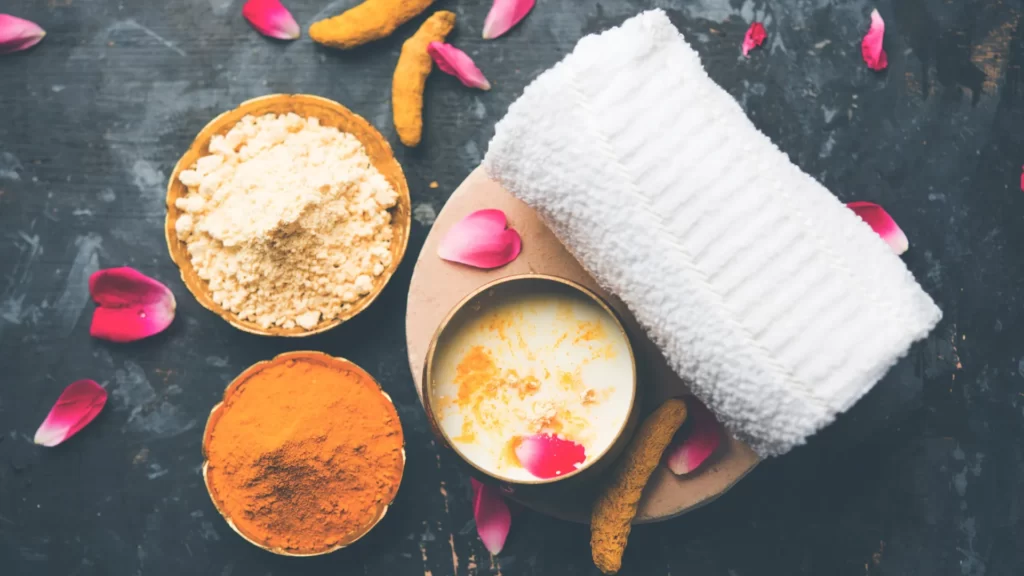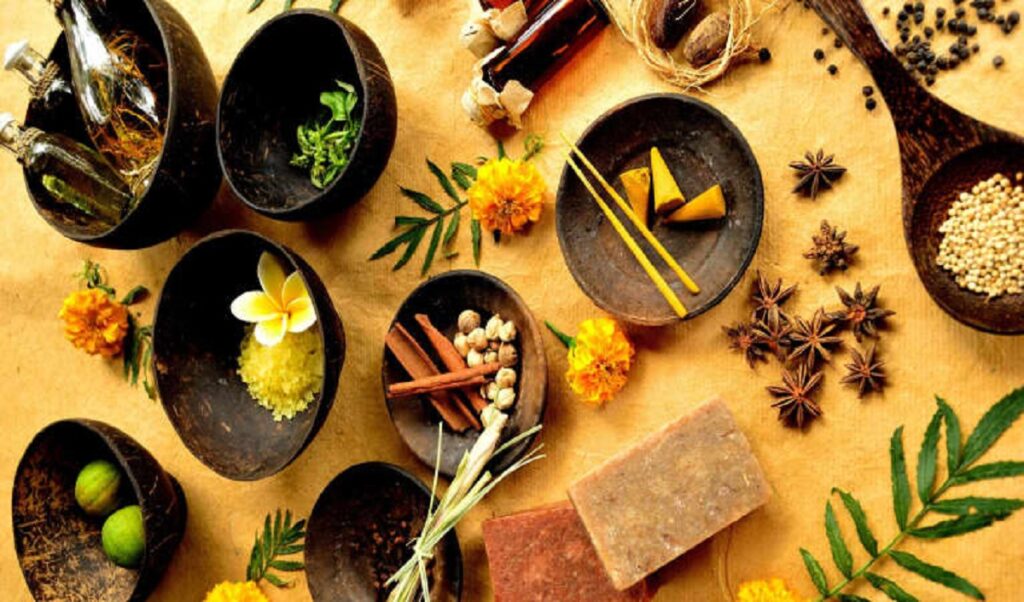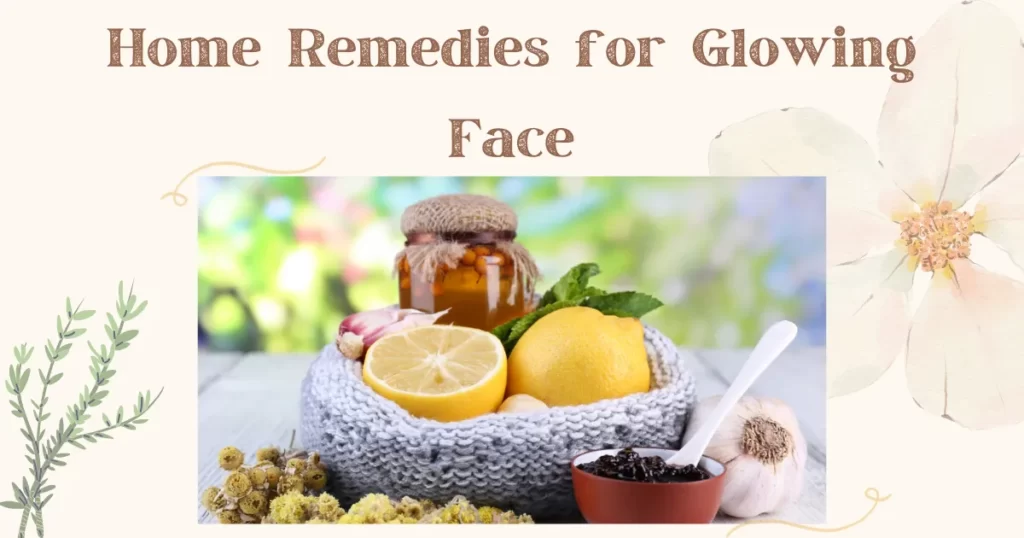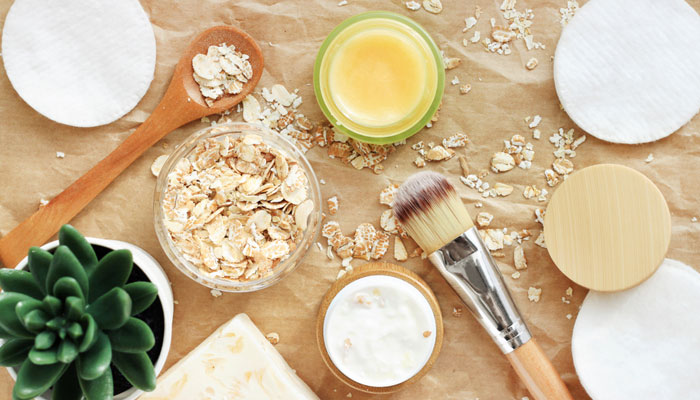Introduction to Ayurvedic Skincare Regimen:
In a world inundated with skincare products promising miraculous results, it’s easy to forget that nature has provided us with timeless wisdom when it comes to maintaining healthy, radiant skin. Ayurveda, the ancient system of holistic healing from India, offers a profound approach to skincare that emphasizes balance, harmony, and natural remedies. In this blog post, we will explore the fundamentals of Ayurvedic skincare and how you can create your own personalized regimen for glowing skin.
Introduction to Ayurveda
It’s simple to ignore the profound wisdom of Ayurveda—an ancient holistic healing system that has been used for more than 5,000 years—in a world overrun with an overwhelming variety of skincare products promising miraculous results. The theory behind Ayurveda’s skincare regimen is to balance and harmonize the body, mind, and spirit in order to get glowing skin organically rather than just cosmetic beauty. In this thorough guide, we’ll delve into the realm of Ayurvedic skincare and examine its tenets, practices, and transformative potential for both your skin and general health.
Understanding the principles of Ayurveda:

The Vata, Pitta, and Kapha doshas are the three main pillars of Ayurveda. Each person has a distinct blend of the five elements—earth, water, fire, air, and ether—represented by these doshas. Understanding your dominant dosha or dosha combination is crucial for maximising the advantages of Ayurvedic skin care because it will inform your skincare selections.
1. Vata: Governed by the elements of air and ether, Vata skin tends to be dry, thin, and prone to premature aging. To balance Vata, nurturing and hydrating skincare rituals are essential.
2. Pitta: Pitta, associated with fire and water, manifests as sensitive, oily, and prone to inflamed skin. Cooling and soothing treatments are key for Pitta dosha.
3. Kapha: Kapha, influenced by earth and water, results in oily, congested, and dull skin. Balancing Kapha involves detoxification and invigoration.
Understanding Your Dosha
Central to Ayurveda is the concept of doshas, which represent different combinations of the five elements (earth, water, fire, air, and ether) present in each individual. There are three primary doshas: Vata (air and ether), Pitta (fire and water), and Kapha (earth and water). Your unique dosha constitution influences your skin type and how it reacts to various factors like weather, diet, and stress.
1. Vata Skin:
– Characteristics: Thin, delicate, dry, and prone to fine lines.
– Skincare Focus: Hydration, gentle cleansing, and nourishment.
2. Pitta Skin:
– Characteristics: Sensitive, prone to redness, inflammation, and acne.
– Skincare Focus: Cooling, calming, and soothing treatments.
3. Kapha Skin:
– Characteristics: Oily, thick, prone to congestion and enlarged pores.
– Skincare Focus: Cleansing, detoxification, and oil balance.
Creating Your Ayurvedic Skincare Regimen
Now that you have a better understanding of your dosha and skin type, let’s delve into creating a personalized Ayurvedic skincare regimen.
1. Cleansing:
– Vata: Use a gentle, hydrating cleanser.
– Pitta: Opt for a cooling, aloe vera-based cleanser.
– Kapha: Choose a detoxifying cleanser with ingredients like neem or tea tree oil.
2. Exfoliation:
– Vata: Exfoliate with a mild, nourishing scrub.
– Pitta: Use a gentle exfoliant with cooling ingredients like cucumber.
– Kapha: Opt for a clay mask or exfoliating scrub to unclog pores.
3. Moisturizing:
– Vata: Apply a rich, hydrating moisturizer with ingredients like sesame or almond oil.
– Pitta: Use a lightweight, soothing moisturizer with aloe vera or rosewater.
– Kapha: Opt for a non-comedogenic, oil-free moisturizer.
4. Sun Protection:
– All Doshas: Protect your skin from the sun with a natural, SPF-infused sunscreen.
5. Nourishment:
– Include a diet rich in fruits, vegetables, and herbs that balance your dosha.
– Stay hydrated with warm water or herbal teas.
6. Mindfulness:
– Practice stress-reduction techniques like meditation and yoga to maintain inner balance, as stress can affect your skin.
7. Ayurvedic Herbs:
– Consider incorporating Ayurvedic herbs like turmeric, amla, and neem into your skincare routine for their potent healing properties.
Ayurvedic skincare is more than just a beauty regimen; it’s a holistic approach to achieving healthy and radiant skin by addressing imbalances within the body and mind. By understanding your dosha and tailoring your skincare routine accordingly, you can embrace the timeless wisdom of Ayurveda to nurture your skin naturally. Remember, consistency and patience are key, and the results will be well worth the effort as you embark on this journey towards inner and outer harmony.
Of course, let’s delve deeper into each aspect of the Ayurvedic skincare regimen and explore additional tips and ingredients for each dosha type:
**1. Cleansing:**
– **Vata Skin:** Vata skin tends to be dry and prone to flakiness. Consider using a creamy, hydrating cleanser that contains ingredients like rose or chamomile to soothe and nourish your skin.
– **Pitta Skin:** For sensitive and reactive Pitta skin, opt for a gentle cleanser with calming herbs such as sandalwood, calendula, or lavender. Avoid hot water and vigorous scrubbing, as they can exacerbate redness and inflammation.
– **Kapha Skin:** Kapha skin benefits from a deep, purifying cleanse. Look for a cleanser containing ingredients like neem, tulsi (holy basil), or tea tree oil to combat excess oil and keep pores clear.
**2. Exfoliation:**
– **Vata Skin:** Vata skin should be exfoliated gently to avoid over-drying. Use a soft exfoliating scrub with ingredients like oatmeal or almond meal, or consider a chemical exfoliant with lactic acid for a milder approach.
– **Pitta Skin:** Pitta skin types should exfoliate sparingly and choose mild exfoliants. Ingredients like cucumber, aloe vera, or yogurt can provide gentle exfoliation without irritation.
– **Kapha Skin:** Regular exfoliation is essential for Kapha skin to prevent clogged pores. Use a clay mask with ingredients like fuller’s earth or bentonite clay to draw out impurities and reduce oiliness.
**3. Moisturizing:**
– **Vata Skin:** Opt for a deeply moisturizing cream or facial oil containing nourishing oils like sesame, avocado, or sweet almond. Massaging your face with warm oil (a practice known as Abhyanga) can also help combat dryness.
– **Pitta Skin:** Aloe vera gel is an excellent choice for Pitta skin to provide hydration without clogging pores. Consider a lightweight, non-comedogenic facial oil like jojoba if you need extra moisture.
– **Kapha Skin:** Look for a lightweight, oil-free, and non-comedogenic moisturizer. Ingredients like aloe vera, witch hazel, or tea tree oil can help balance oil production.
**4. Sun Protection:**
– Regardless of your dosha, always protect your skin from UV radiation. Seek natural sunscreen products with zinc oxide or titanium dioxide for physical sunblock.
**5. Nourishment:**
– Embrace a diet that aligns with your dosha type to maintain inner balance. Consult an Ayurvedic practitioner for personalized dietary recommendations.
– Stay hydrated with warm water or herbal teas, which can help flush toxins from your body and promote clear skin.
**6. Mindfulness:**
– Stress can exacerbate skin issues for all dosha types. Incorporate stress-reduction techniques into your daily routine, such as meditation, deep breathing exercises, or regular yoga practice.
**7. Ayurvedic Herbs:**
– Experiment with Ayurvedic herbs in your skincare routine. For example, turmeric can be mixed into a face mask to combat inflammation and brighten the complexion. Amla (Indian gooseberry) can be used in serums or toners for its antioxidant benefits, and neem can be applied topically to address acne.

In conclusion, Ayurvedic skincare is about fostering a harmonious relationship between your inner self and the external environment. By customizing your skincare routine to suit your dosha type and adopting a holistic approach, you can achieve and maintain healthy, radiant skin naturally. Remember to be patient and consistent, as the transformative effects of Ayurvedic skincare often take time to manifest.
Incorporating Ayurvedic principles into your skincare routine is a journey of self-discovery and self-care. By understanding your dosha and embracing personalized Ayurvedic practices, you can unlock the timeless beauty secrets that have been cherished for millennia. Ayurvedic skincare transcends the superficial and extends to nourishing your body, mind, and soul, ultimately revealing your natural radiance from within. So, embark on this holistic skincare journey, and experience the transformative power of Ayurveda as you nurture your skin and embrace a harmonious, balanced life.
Check out our other blogs.




